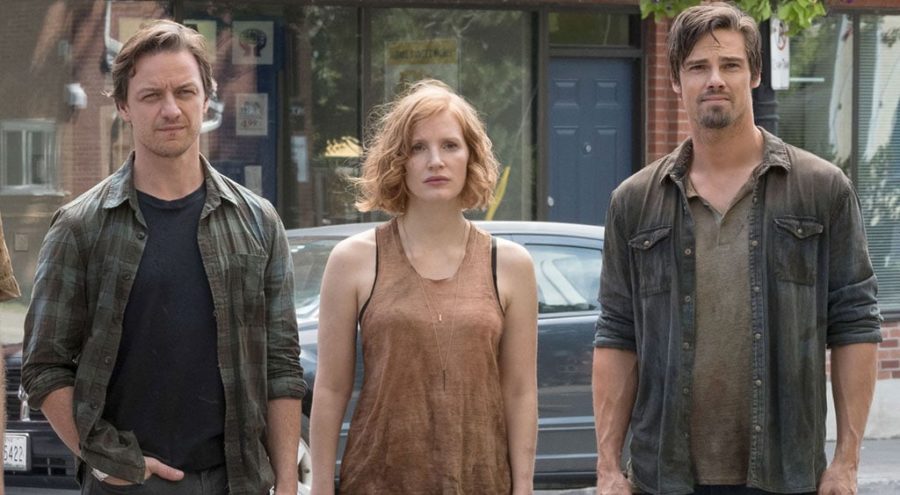Opinion: Bev highlights sexism in the “IT” franchise
October 31, 2019
“IT” broke box office records, making more money than any other horror movie. “IT: Chapter 2” holds second place on that list.
In the almost six-hour sequence, the two movies spend a lot of time creating a dynamic exposition for each of the seven main characters, the “Losers”. The movie takes creative liberties that deviate from the book, such as Richie’s sexuality, new professions for each Loser, and making Bill the primary narrator.
However, these questionable director choices don’t culminate in such a detrimental way for anyone as they do for Beverly Marsh.
In the first movie, we meet the only female character, Bev, as a 13-year-old. Bev grapples with more drama than any of the other main characters can even imagine. Bev’s only escape from her abusive dad is school but there, her classmates slut-shame her. The “Losers”, Ben and Bill, only look at her through a romantic lens. All of the guys make multiple comments about her appearance. After Pennywise puts her in a trance, she is brought back to conciousness by one of many non-consensual kisses from Ben. The catalyst for the boys’ budding sexuality, Bev never gets to fight her own battles. Despite being constantly portrayed as promiscuous, she has her first real kiss with Bill at the end of the first movie (instead of addressing the topic of bullying, the film must remind the audience we can only care for Bev if she is secretly “virtuous”).
In the second film, 27 years later, Bev is still an object for Ben and Bill to chase. Returning to Derry after leaving her abusive husband, she comes across the boys who have returned to contend with a resurfaced Pennywise. It takes no time for them to be reminded of their middle-school affinities for Bev. They spend as much of the film chasing her as they do fighting Pennywise, until one boy wins her over.
“IT” and “IT: Chapter Two” highlight coming-of-age film tropes that aim to justify male adolescent behavior: saving the damsel in distress with unwanted sexual advances and fighting over her affection, all while hypersexualizing young girls.
Its lack of representation isn’t shocking: 40 percent of movies don’t pass the Bechdel test (whether two female characters have at least one discussion not revolving around a man).
“IT” is a reminder that females are rarely represented in cinema. When they are, they’re forced into archetypes that depend on their relationships with men.
Women don’t get the opportunity to be dynamic, entertaining characters and take up space the way men do. Bev is just another example.

